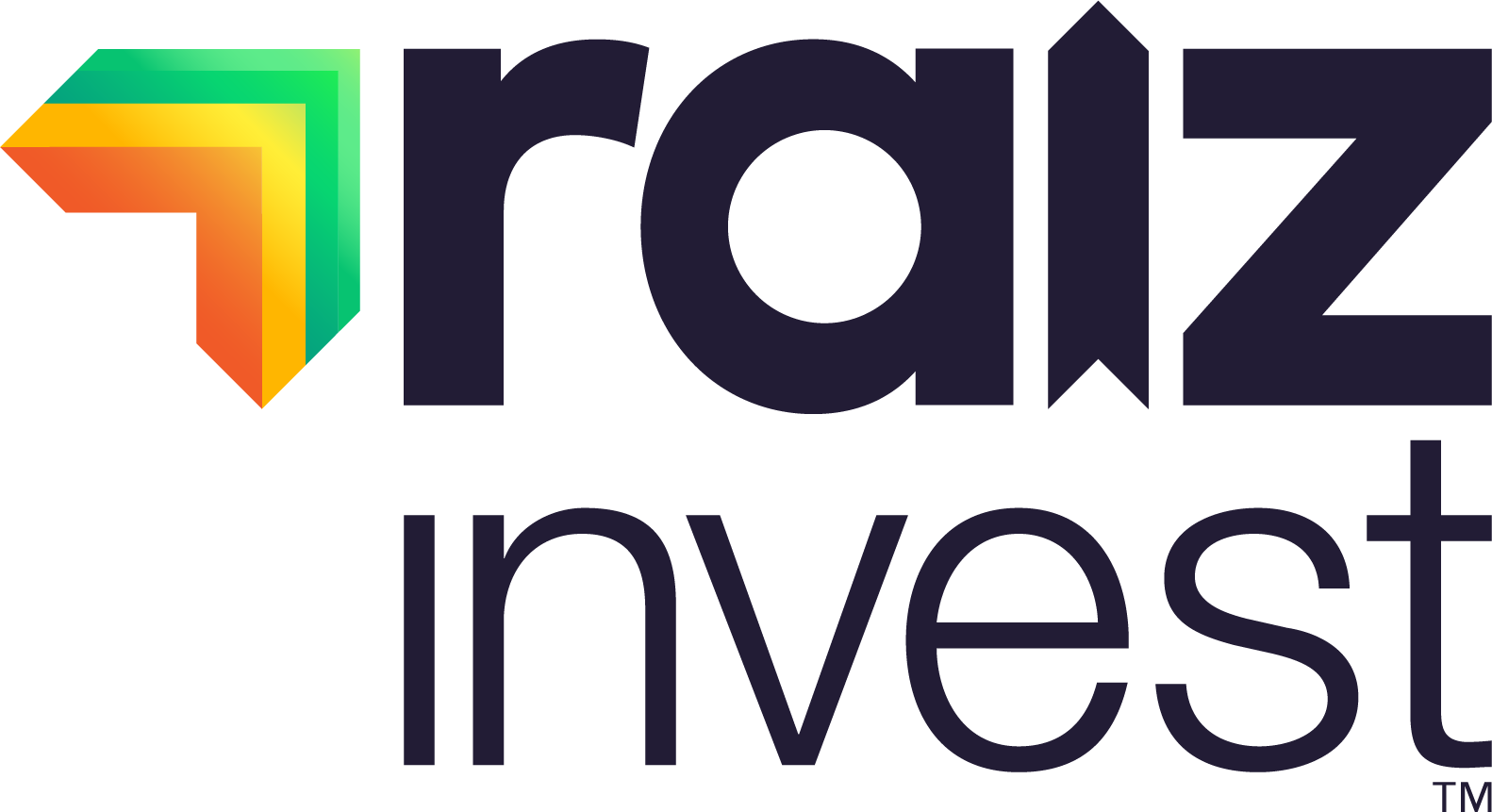Understanding Risk

Life is inherently risky. Every decision you make, whether it’s getting into a car, going on a holiday, or moving house, carries some form of risk that things will not go as expected. But to dodge risk by locking yourself in a cocoon is to pay the highest price: you miss everything.
In financial terms, we define risk as the chance that an investments actual gains will differ from its expected return – in other words, it’s the possibility you’ll end up losing money or making less than you hoped.
In general for investing, the higher the expected return, the higher the risk. This is known as the risk-return trade-off. There’s no such thing as a foolproof, high return investment, so you should always beware that a high return will also carry a high risk. Whilst risk is inherent to investing, there are strategies that can be used to manage it.
Volatility
Volatility is used to measure how much the price of an investment varies. It’s concerned with how fast an asset moves in value and is a measure of the risk of that asset. The higher the volatility the higher the risk. An example of a highly volatile asset is bitcoin, since its value often fluctuates up and down quite quickly.
Diversification
We’ve all heard the phrase ‘don’t put all your eggs in one basket’. If we change this to ‘don’t put all your money in one investment’ we’d be talking about diversification. Every asset that you buy comes with the market risk that it’s value could drop. There is always an unexpected event. So, by spreading the money in your investment portfolio across different assets, it can reduce the risk that all of them will fall in value at the same time. In colloquial terms, this would be referred to as ‘hedging your bets’.
ETFs are an excellent and inexpensive way to achieve diversification because they give you exposure to stocks from many different companies. The Raiz portfolios are built from a selection of 9 ETFs, offering even more diversification as each ETF tracks a different set of assets, whether it’s domestic & international share markets, government & corporate bonds, or cash.
Opportunity Cost
This is the risk that you make an investment decision, and then after the fact realise your money could have performed better elsewhere. This is a risk people often forget about when they keep their money in highly liquid, low returning cash investments. Yes, this eliminates some risks, but it can carry a heavy opportunity cost.
Risk Tolerance
Your risk tolerance is how comfortable you are with taking risk. It describes how much risk you are willing to take on to achieve your investment goals. Understanding your risk tolerance is important, as if you take on too much risk, and are unable to stomach large swings in the value of your investment, you may panic from the stress and sell at an inopportune time.
Investment Horizons (Timeframes)
An investment horizon, or timeframe, refers to the total length of time that you expect to hold an investment. Investment horizons can range from short-term, just a few days or months long, too much longer-term, potentially spanning years to decades. Superannuation is a common example of a long-term investment horizon.
When investors have a longer investment horizon, they may be able to take on more risk, since the market has many years to recover in the event of a pullback. That’s why you will often hear the phrasing that in the long term, the market tends to go up.
On the other hand, a shorter time horizon opens you up to the possibility that you may have to sell your investment during a market downturn, in effect forcing you to sell low. Therefore, investments with short time horizons should generally carry less risk to reduce the likelihood of the investment decreasing in value in the short term. For example, a 2 month investment horizon should probably be in cash.
Investment Horizon can be more important than Risk Tolerance when deciding which investments you should choose. Especially when the investment Horizon is very short or very long.
The Raiz portfolios are built to match certain risk profiles, which range from conservative to aggressive. For an investment horizon that is short term (less than three years), a conservative portfolio option is probably the best choice to achieve your goal.
See our blog on Which Raiz Portfolio Could Be Right For Me for more information on investment horizons and portfolio choice. For more information on Raiz fees, click here.
Don’t have the Raiz App?
Download it for free in the App store or the Webapp below:
Important Information
The information on this website is general advice only. This means it does not take into account any person’s particular investment objectives, financial situation or investment needs. If you are an investor, you should consult your licensed adviser before acting on any information contained in this article to fully understand the benefits and risk associated with the product.
A Product Disclosure Statement for Raiz Invest and/or Raiz Invest Super are available on the Raiz Invest website and App. A person must read and consider the Product Disclosure Statement in deciding whether, or not, to acquire and continue to hold interests in the product. The risks of investing in this product are fully set out in the Product Disclosure Statement and include the risks that would ordinarily apply to investing.
The information may be based on assumptions or market conditions which change without notice. This could impact the accuracy of the information.
Under no circumstances is the information to be used by, or presented to, a person for the purposes of deciding about investing in Raiz Invest or Raiz Invest Super.
Past return performance of the Raiz products should not be relied on for making a decision to invest in a Raiz product and is not a good predictor of future performance.




